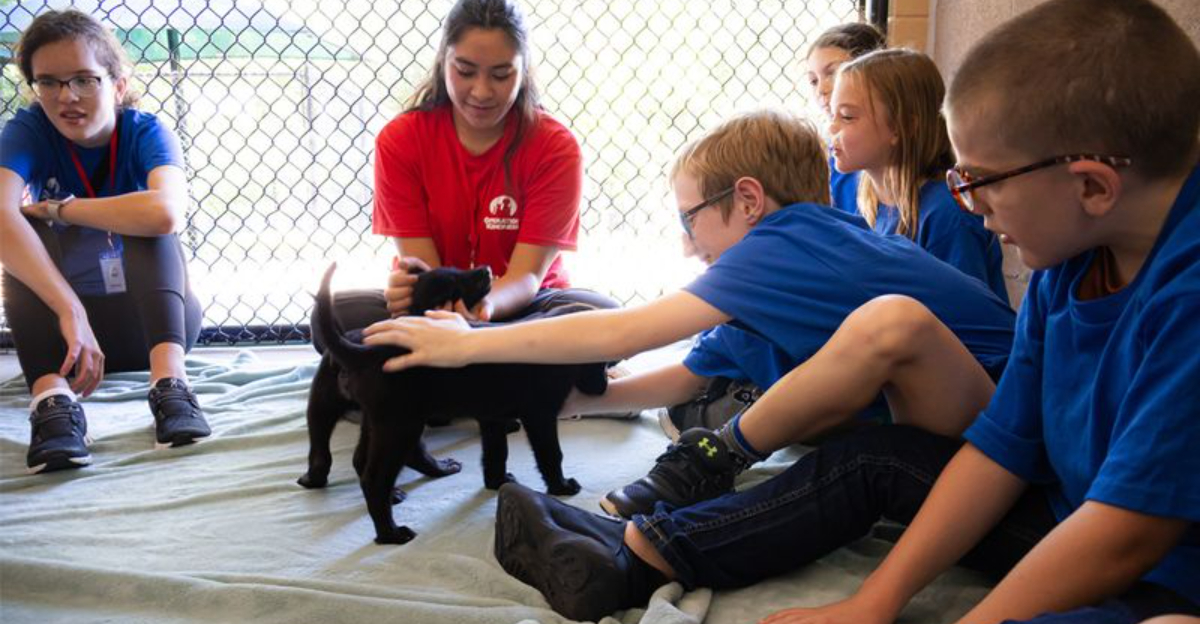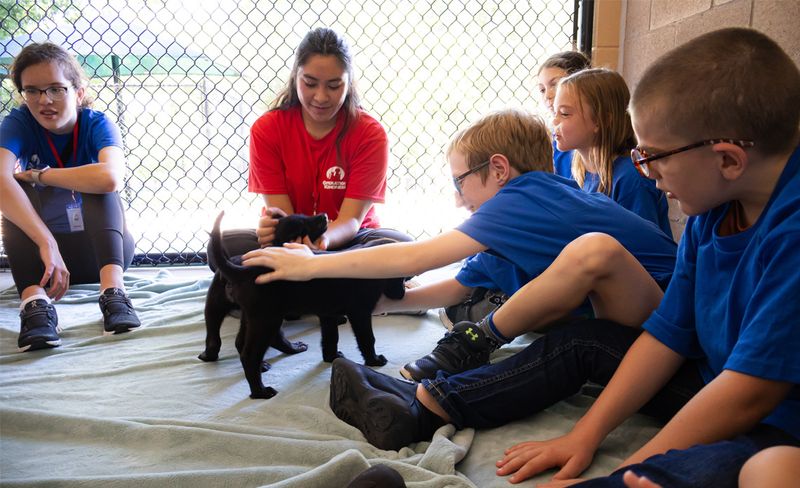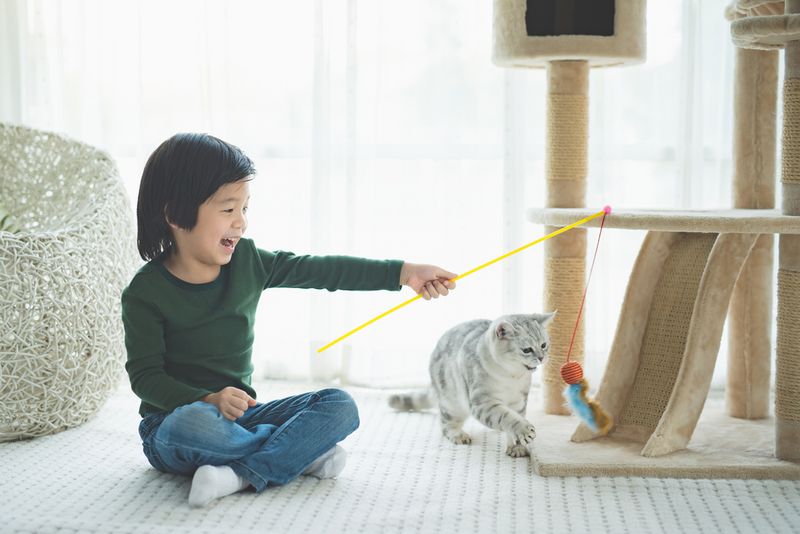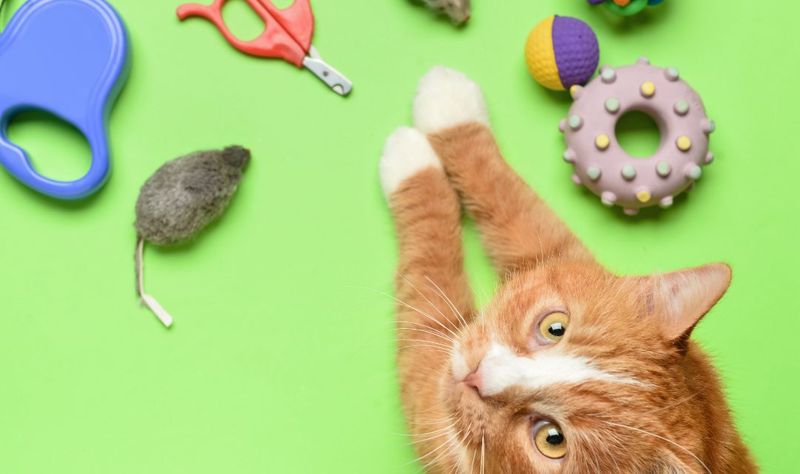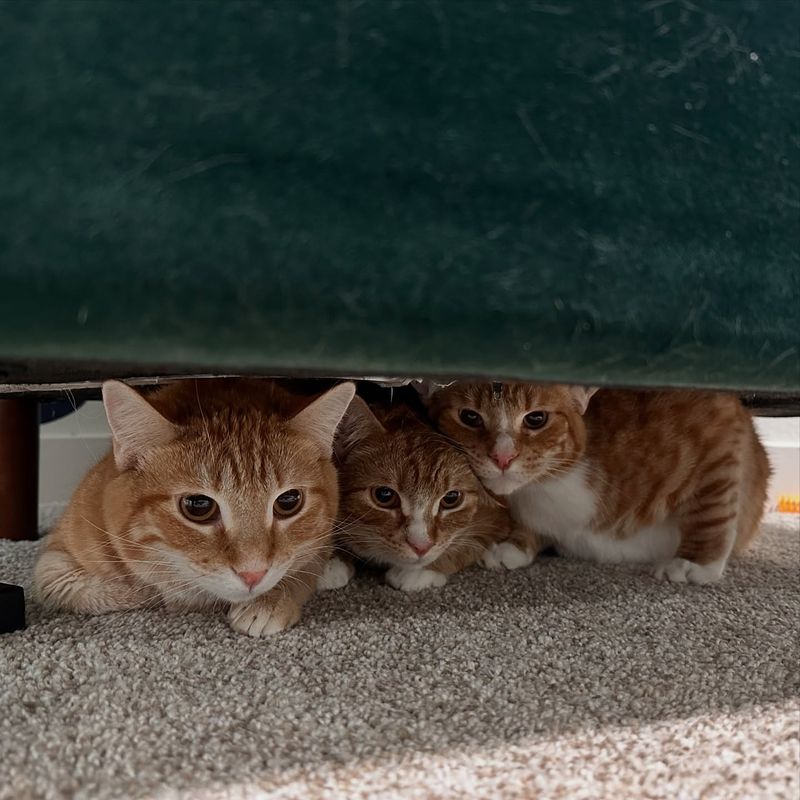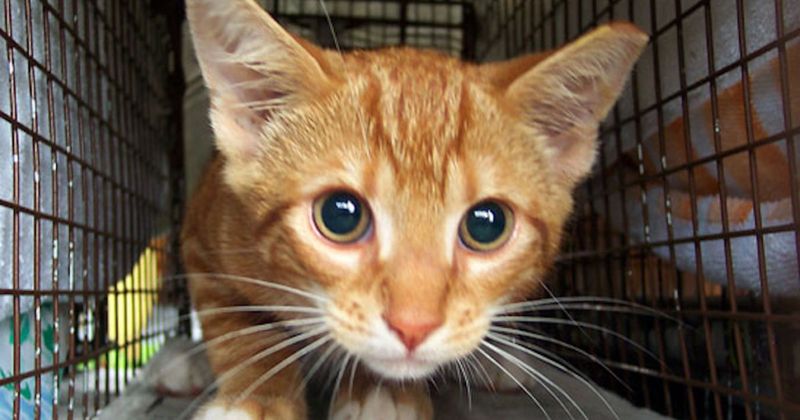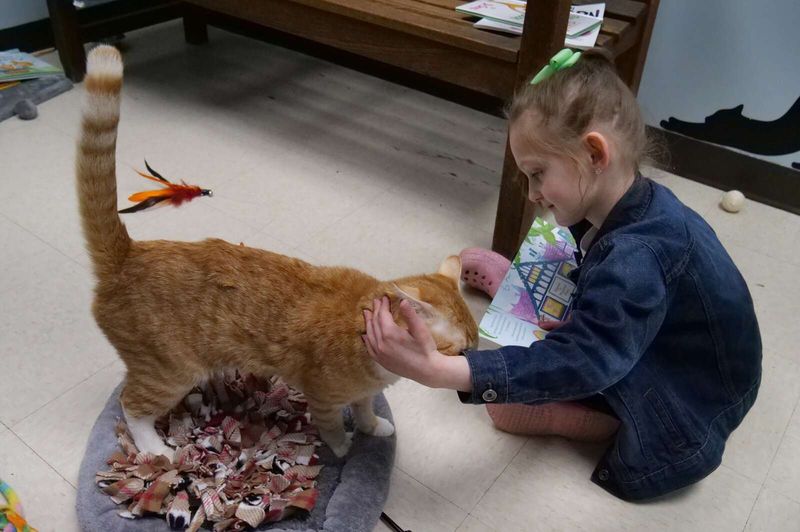📖 Table of Content:
Summer break is the perfect time for kids to unwind, explore new interests, and develop life skills outside of the classroom. Among the most important traits children can learn is empathy—the ability to understand and share the feelings of others. And one of the most powerful, hands-on ways to teach empathy is by encouraging kids to care for animals in need, especially our feline friends.
Cats are often misunderstood or overlooked in the world of animal welfare, yet they fill shelters across the country, waiting for loving homes or compassionate support. By helping kids connect with cats—whether through volunteering, fostering, or simply learning about their needs—we help them grow into kind, responsible individuals who respect all forms of life. These small moments of care can shape their values for years to come.
This summer, why not inspire your child to become a hero for cats? From making toys to reading to shelter kitties, there are so many fun, educational, and impactful ways for kids to get involved. Below, we’ve listed seven meaningful activities that will help nurture both compassion and confidence—all while making a real difference in the lives of cats.
1. Volunteer at a Local Cat Shelter
Stepping into a cat shelter introduces kids to the quiet, everyday heroes who care for homeless felines. With adult supervision, children can help with basic yet essential tasks like refilling water bowls, brushing cats, and tidying up kennels. It’s not glamorous work, but it’s incredibly meaningful. Even something as simple as sitting calmly with a nervous cat can help the animal feel more at ease. Through these activities, kids begin to see animals as individuals with feelings and needs. The shelter staff may also teach them about adoption, rescue, and the importance of spaying and neutering. Over time, kids grow more confident and compassionate. Best of all, the cats benefit from the extra love and socialization they receive.
2. Make DIY Cat Toys
Crafting can take on a whole new purpose when kids make toys to delight curious cats. Using materials like yarn, cardboard, feathers, and bells, kids can create interactive toys that help keep shelter cats mentally and physically stimulated. It’s a hands-on way to mix creativity with compassion. No special skills are required—just a few supplies and a love for animals. Many shelters will gladly accept homemade toys, especially when they’re clean, safe, and made with love. As children design and assemble their creations, they learn the value of giving without expecting anything in return. Sharing what they’ve made also boosts their confidence and sense of contribution. The joy comes full circle when they see cats batting, chasing, and cuddling their handmade gifts.
3. Organize a “Kitty Supply” Donation Drive
Community involvement can start with just one idea: helping cats in need. A donation drive is a great way for kids to rally neighbors, classmates, or family members to collect essential items for local shelters. Flyers, social media posts, and even lemonade stands can all be part of the fun. Not only does this empower kids to take initiative, but it also teaches them about the specific needs of animals—like litter, food, and soft bedding. Working on the project from start to finish fosters a sense of ownership and accomplishment. Along the way, children develop organizational skills and teamwork. Delivering the donated supplies to the shelter provides a proud moment and a powerful sense of purpose. Most importantly, they see firsthand how a simple act of kindness can ripple outward.
4. Foster a Cat or Kitten (as a Family)
Opening your home to a foster cat is an experience rich with teachable moments. While parents will need to take the lead, kids can be involved in gentle ways like feeding, cleaning, and playing with the animal. Fostering shows children that love can be shared even temporarily—and that goodbye is part of doing good. It’s a lesson in empathy, patience, and responsibility. Over time, children build a bond with the foster cat, learning to tune into their unique personality and needs. They’ll witness the transformation of a scared or sick animal into one that thrives. Saying goodbye when it’s time for adoption might be tough, but it’s also incredibly rewarding. Through fostering, kids learn that helping isn’t always easy—but it is always worth it.
5. Support Trap-Neuter-Return (TNR) Programs
Learning about community cats opens kids’ eyes to a side of animal welfare they may not have considered. TNR programs aim to humanely manage feral cat populations by trapping, neutering, and returning cats to their outdoor homes. While kids won’t be trapping cats themselves, they can still play a valuable support role. They might assemble care packages, pass out educational flyers, or attend informational events with their parents. By engaging in TNR awareness, children discover that not all cats are meant to be pets—but they all deserve respect and care. These experiences promote critical thinking about animal populations and humane solutions. Kids also begin to understand the role of prevention in animal welfare. Ultimately, TNR involvement helps them become informed, compassionate advocates for all cats.
6. Create an Educational Poster or Video About Cat Care
Creative kids will love combining their artistic or digital skills with a good cause. Whether it’s drawing posters about proper pet care or filming a short video on “Why Cats Matter,” they can spread awareness in ways that feel fun and natural. These projects allow kids to teach others while reinforcing what they’ve learned themselves. Sharing their work at school, with friends, or online gives them a sense of pride and voice. It’s also an opportunity to explore messaging, storytelling, and design. Children might interview a local shelter worker or include facts about adoption and spay/neuter. Even a simple message like “Be Kind to Cats” can inspire viewers to think differently. Through advocacy, kids grow into empathetic leaders who stand up for animals.
7. Read to Shelter Cats
At first glance, reading to cats might sound like a quirky activity—but it’s surprisingly powerful. Many shelters encourage kids to read aloud to shy or nervous cats, helping the animals adjust to human voices and presence. This quiet interaction benefits both the reader and the listener. For children, especially those who are shy or struggling readers, the non-judgmental company of cats creates a comforting space. Meanwhile, the cats begin to feel more relaxed, often coming closer with curiosity. It’s a gentle but meaningful way to build confidence, compassion, and calm. Kids often leave these sessions with a full heart and a new favorite feline. This simple act reminds them that kindness doesn’t have to be loud to be effective.
